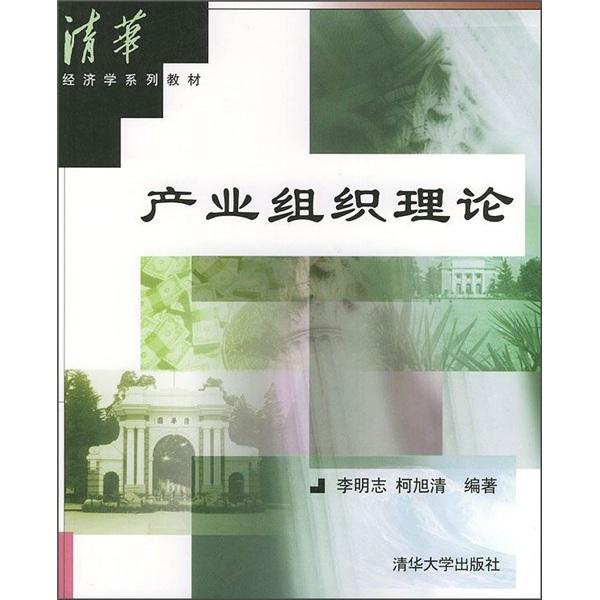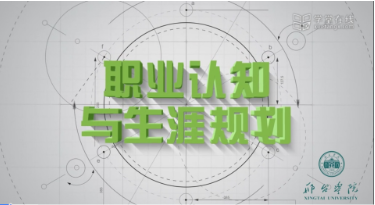
当前课程知识点:Entrepreneurial Land Redevelopment Approach: Land Readjustment > Module 4: Designing and Implementing Land Readjustment Projects > Context Assessment > Context Assessment
返回《Entrepreneurial Land Redevelopment Approach: Land Readjustment》慕课在线视频课程列表
返回《Entrepreneurial Land Redevelopment Approach: Land Readjustment》慕课在线视频列表
现在让我们来看一下每个阶段的详细步骤
我们将先从基本社会环境评估开始
建立土地整备计划
需要仔细评估感兴趣的地域
来确定所选择区域的所在街区
是否具有能促进项目实施的
宏观条件或者是微观条件
一份土地整备计划的社会环境评估
包括三个方面
首先 发起者需要检查
要进行土地整备的区域的
历史 文化 政治 思想以及构成方面的有利条件
及限制因素
其次是在了解了大的体制脉络后
发起者需要基本了解
不同形式的财产所有权的
法律 社会和经济影响
以及它们之间的相互作用
第三 在有了前两步的基本知识后
发起者需要了解
政府 市场 社区
以及非政府组织
这四个关键领域的社会关系
及它们之间的相互作用和关系
我们的主要任务就是要分清
这些领域的具体规则
并为他们设计出具体的职责
这样他们就能相互影响
共同促进项目的发展
-Welcome
--Welcome
-Course Welcome
-How to Use This Course
-Who's Teaching This Course
-Learning Objectives
-Course Schedule
-Grading and Completion Criteria
--Grading and Completion Criteria
-Introduction
-Defining Land Readjustment
--A Working Definition of Land Readjustment
--Introduction to Land Readjustment
-- Challenges of Rapid Urbanization in Developing Countries
--Challenges of Rapid Urbanization
--html
-Questions
-Conventional Approaches to Solving Problems of Rapid Urbanization
--Conventional Land Assembly Apporach
--Questions
--html
-Land Readjustment as an Alternative
--Land Readjustment as an Alternative
--Land Readjustment as an Alternative
--Questions
--html
-Course Structure
--html
-Discussion and Application
--html
--Application Activity
--html
-Introduction
--Introduction to Land Readjustment
--html
-The Evolution of Land Readjustment
--The Early Development Stages of Land Readjustment
--html
--The Diversity of Land Readjustment
--Diversity of Land Readjustment
--html
--Questions
-Land Readjustment Examples
--html
--Text
--Turkey
--html
--html
--Text
--Six Lessons of Conducting Land Readjustment in the Fenicia Project in Bogotá, Colombia
--html
--Post-conflict and Post-disaster Reconstruction
--Angola
--html
--html
--Chile
--Questions
--html
-Wrap Up
--Lessons from Global Examples
--Question
--html
--html
--Key Concept Review 2--General observations
--Questions
--html
-Discussion and Application
--Module 2: International Experiences with Land Readjustment
--html
--Application Activity
--html
-Introduction
--html
-Conceptualizing Land Readjustment Goals
--Conceptualizing Land Readjustment Goals
--Policy Goals of Land Readjustment
--html
--Questions
-Myths About Adopting Land Readjustment
--Myth #1: The Need for Land Readjustment Legislation
--Myth #1
--html
--Example: Informal Settlement Upgrading in Ethiopia
--html
--Myth #2: Clearly Delineated Property Rights
--Myth #2
--html
--Example: Urban Village Redevelopment in China
--Text
--Myth #3: The Existence of a Buoyant Real Estate Market
--Myth #3
--Text
--Myth #4: An Organized Community
--Myth #4
--html
--Myth #5: Trust Relations Among Stakeholders
--Myth #5
--html
--Questions
--html
-Preconditions for Adopting Land Readjustment
--html
-Wrap Up
--html
-Discussion and Application
--html
--Application Activity
--html
-Introduction
-Important Considerations
--html
-Context Assessment
--Assessing Each Component of the Larger Environment
--html
-Initiation and Preparation
--html
--Preparation and Organization
--html
-Design and Approval
--Design
--Calculation of Land Contribution Ratios
--Calculation of Land Contribution Ratios
--Text
--Approval
--html
-Implementation and Completion
--Implementation and Completion
--Text
--html
-Evaluation and Scaling Up
--html
-Wrap Up
--html
-Discussion and Application
--html
--Application Activity
--html
-Main Takeaways
--Takeaways of the Entire Course
--Takeaways of The Entire Course
--html
--Text
--html
-Application Activity
--Application Activity
-Evaluation
-Acknowledgements




